Wild encounters: observing weather in the wild west
29 June 2016
Chance of rain 30%, humidity 60%...poisonous snake 100%—It's just another day at the office for some Bureau staff! Forecasting and observing weather across the Australian continent and offshore on remote islands and Territories often requires our staff to work in close proximity of diverse wildlife.
The Bureau’s Meteorological Office at Albany, located on the south coast of Western Australia approximately 415km south of Perth, is staffed by two observers, and is also home to an abundance of local wildlife, including kangaroos, lizards, and snakes!
Getting to know the neighbours
Weather observer, Jenny Feast, has seen her fair share of Australia—and its unique creatures—during her eight years at the Bureau.
'I’ve had the opportunity to work in some incredible places, like Willis Island, Davis Station in Antarctica, Geraldton, Cocos Island, Kalgoorlie, along with some capital cities, and now Albany,' she says.
'I love Albany for the beaches, the scenery and the community. I'm pretty passionate about regional areas—except for the snakes!'
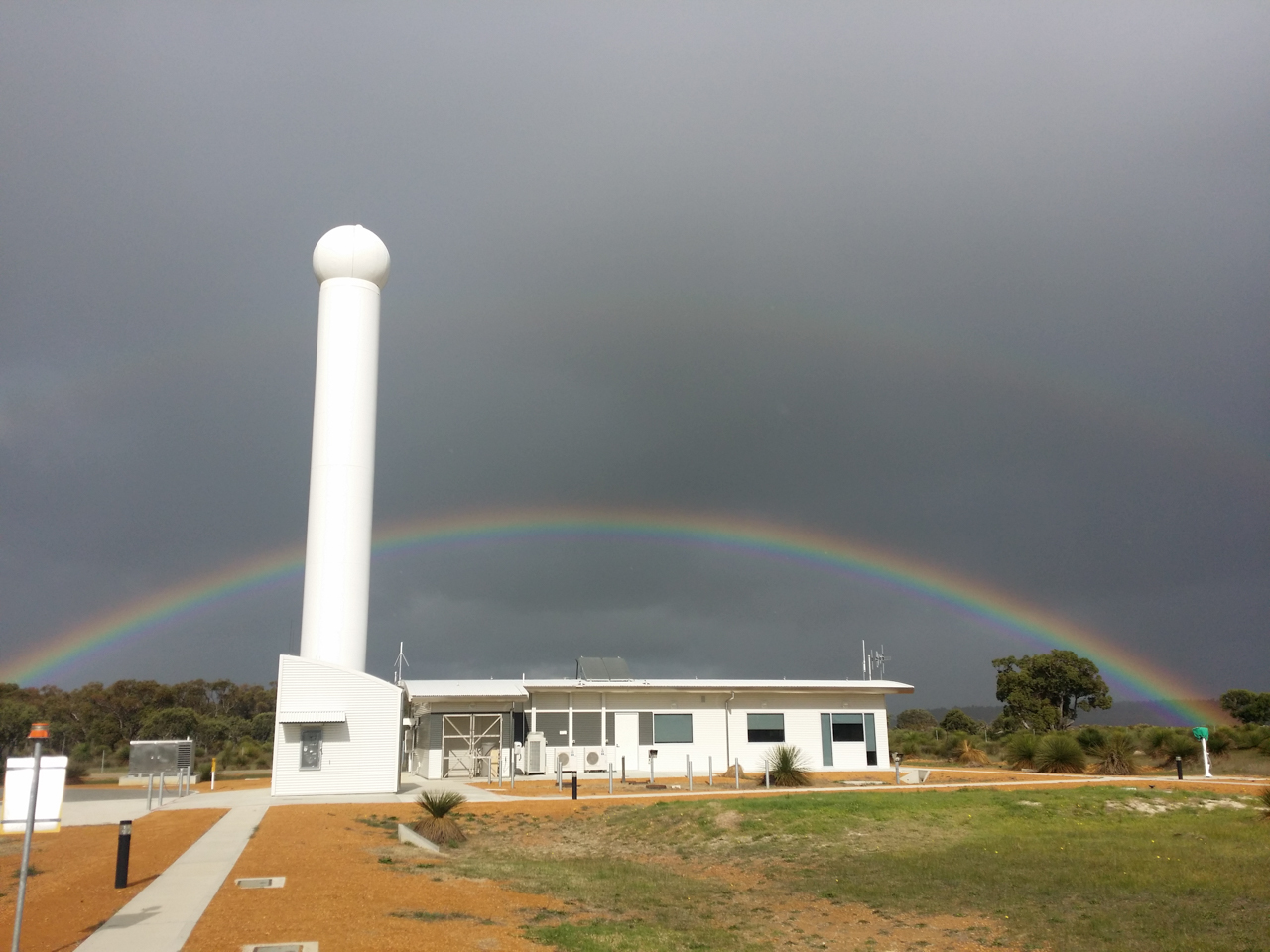
Albany Meteorological Office and radar. Credit: Keon Stephenson.
Jenny grew up as a surfer in southwest Western Australia, which led her to study an ocean science based degree.
'Living in rural Western Australia, I've always been really interested in the weather, as it’s our biggest influence on everyday life. I enjoy the hands-on aspect of being an observer—every single day is different, dealing with real-time data and maintaining instrumentation.
A typical day at work for Jenny begins at 6.30 am, which gives her enough time to prepare for the first of the four or five daily radio interviews at 6.50 am. The first weather balloon release occurs at about 7.15 am, enabling the Bureau to collect temperature, wind and humidity data in the upper atmosphere.
'Most mornings the comprehensive local chapter of kangaroos stand by to supervise the local weather balloon releases—they’re really curious creatures!'
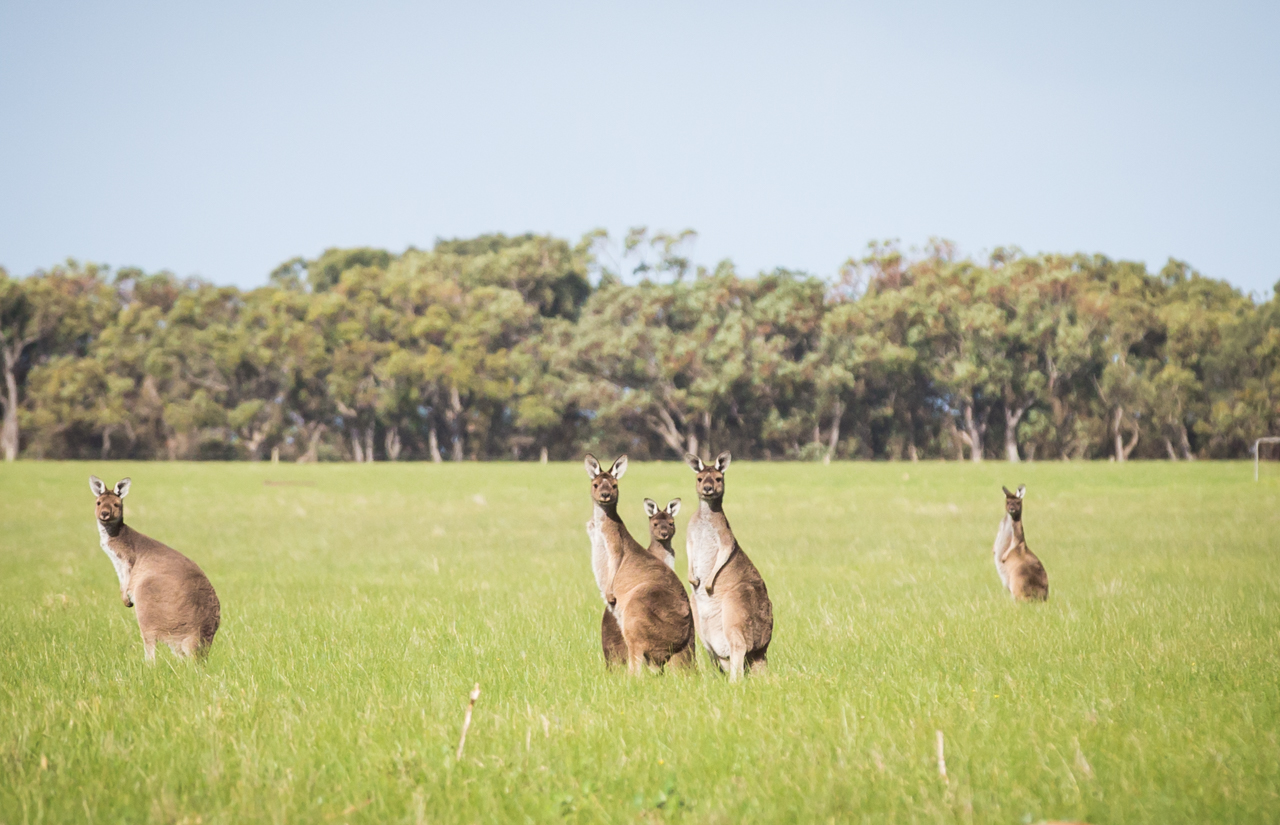
Kangaroos watch the weather balloon releases.
Snakes and ladders
Working in the field in remote and regional locations, Jenny’s first aid training has focused on snake bites, while her defensive driving training has helped her navigate gravel roads and avoid the roos.
'There are a number of snakes endemic to the area, particularly the Western Tiger Snake, Dugite, and the Western Crowned Snake.
'These friendly neighbours like to visit regularly over the summer months. And autumn. And spring. They spend a lot of time inspecting all aspects outside the building, including front and back door seals, office pot plants and our water supply. Sometimes they get a little too friendly and let themselves inside.
'Common sense prevails, really. I see a snake, I vacate the area at pace to higher ground—usually on top of a desk—until I feel it's safe to descend and my heart rate returns to normal!'
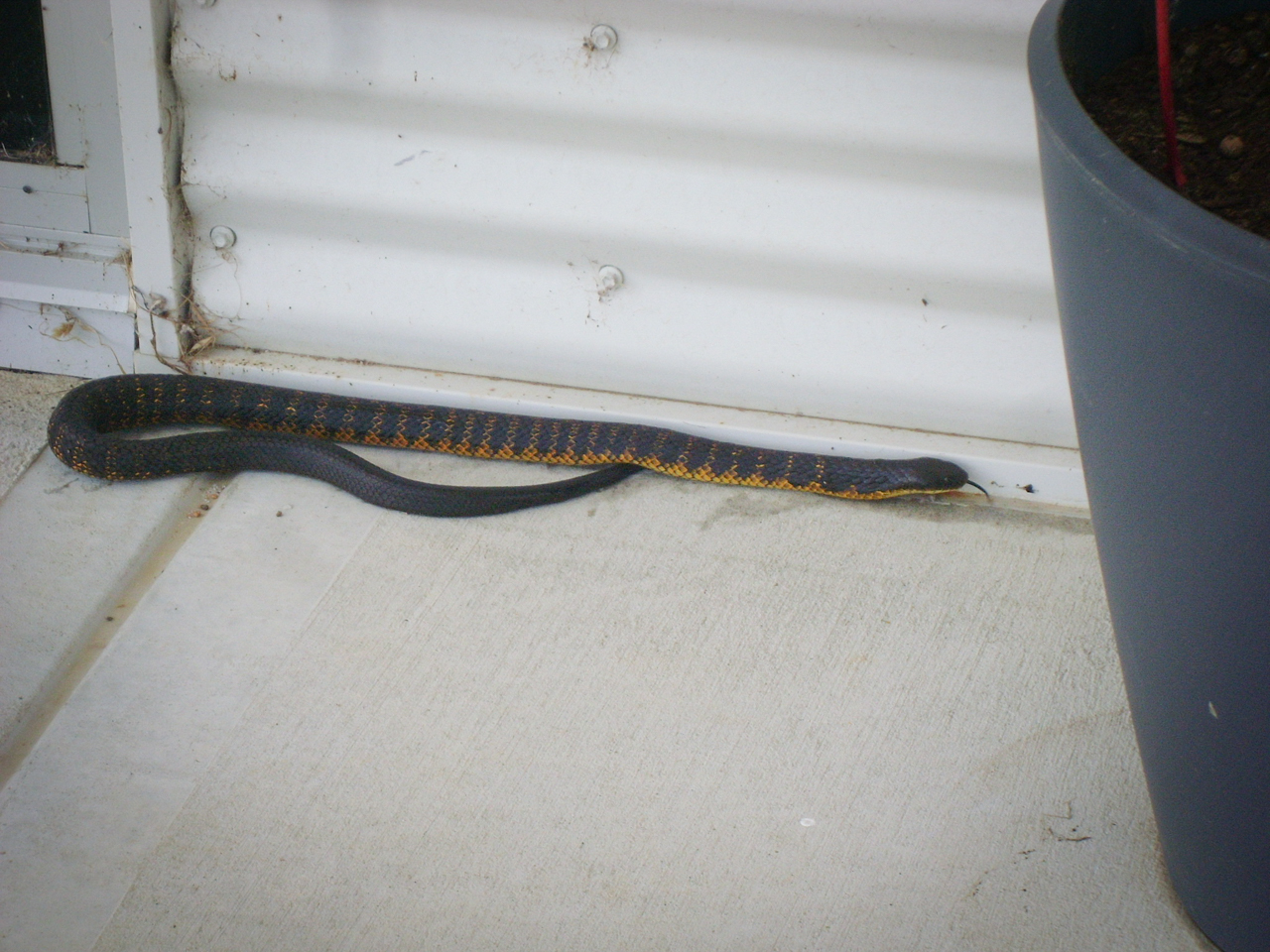
Western Tiger Snake outside the Albany Meteorological Office.
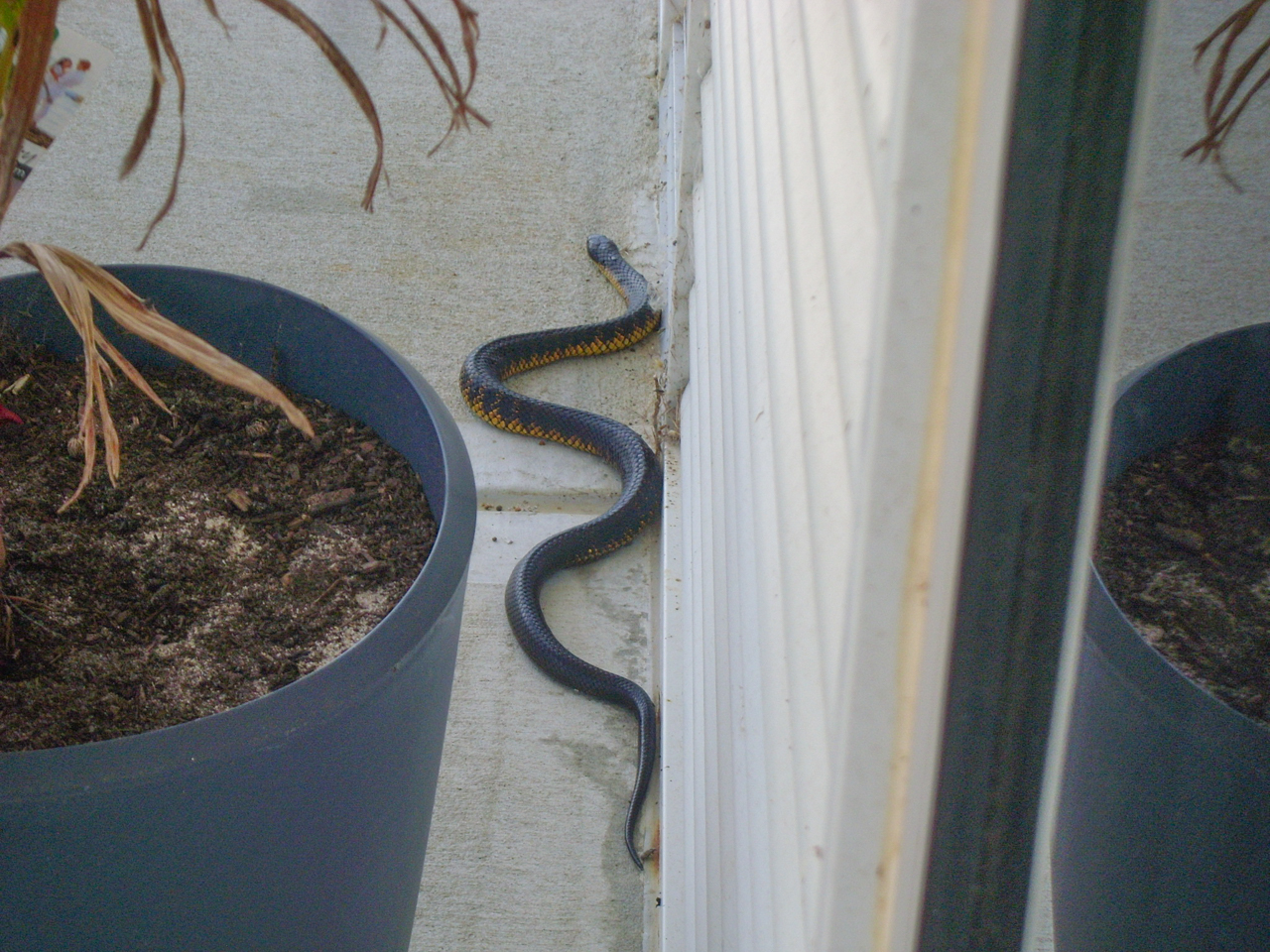
Jenny says the Albany Meteorological Office is also home to a large population of local lizards—particularly bungarras (also known as sand goannas) and blue tongues—who are far from shy.
'It’s not unusual to see them at the window looking for the latest weather update!' she says.
'An essential part of our training includes respect for wildlife, and I’d have to say they’re also one of the most rewarding aspects of our work. In what other job can you observe Australia’s amazing and unique fauna up close while observing our dynamic weather systems?
'But not the snakes—have I mentioned I don’t do snakes?'
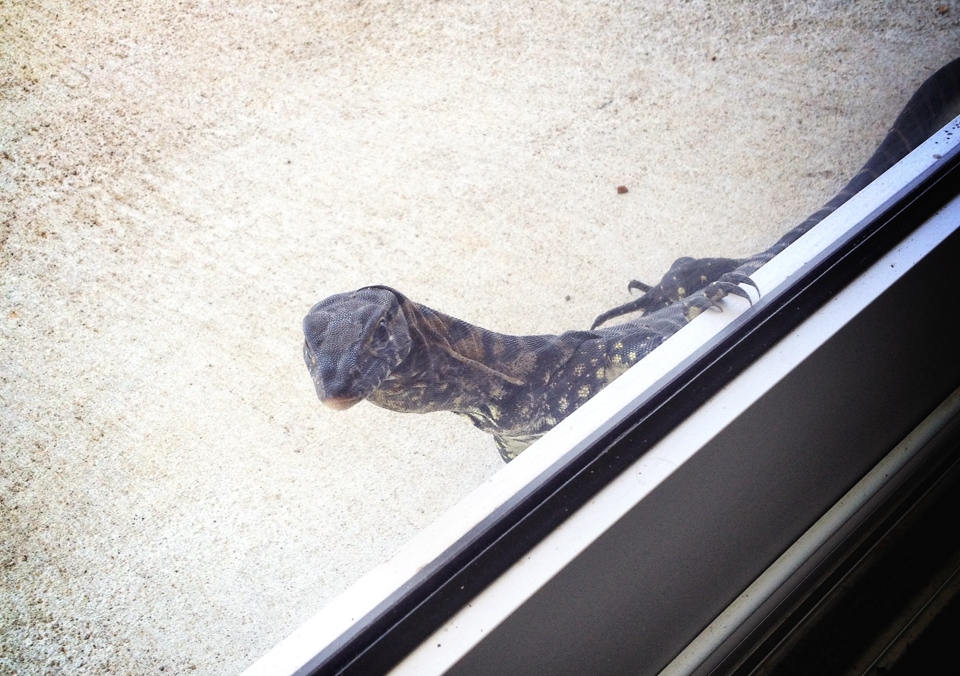
A bungarra (sand goanna) pops by the Albany Meteorological Office.
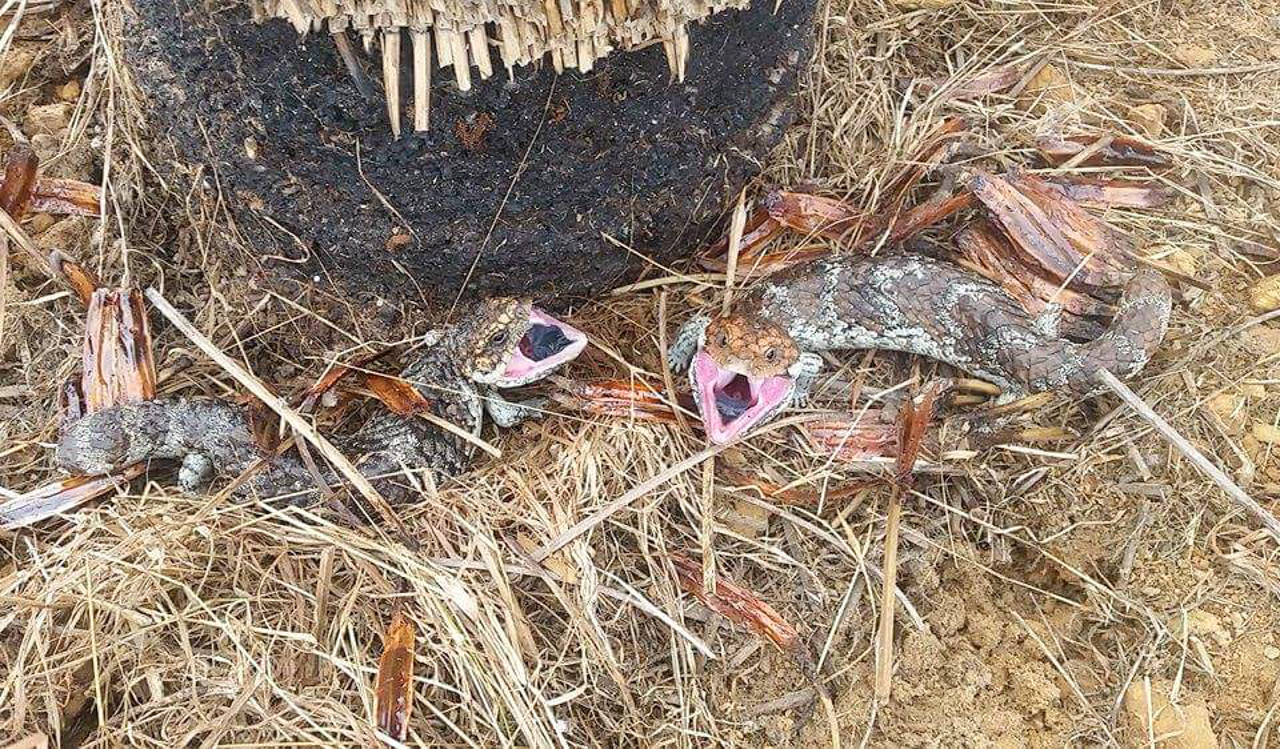
Blue tongue lizards.


Comment. Tell us what you think of this article.
Share. Tell others.